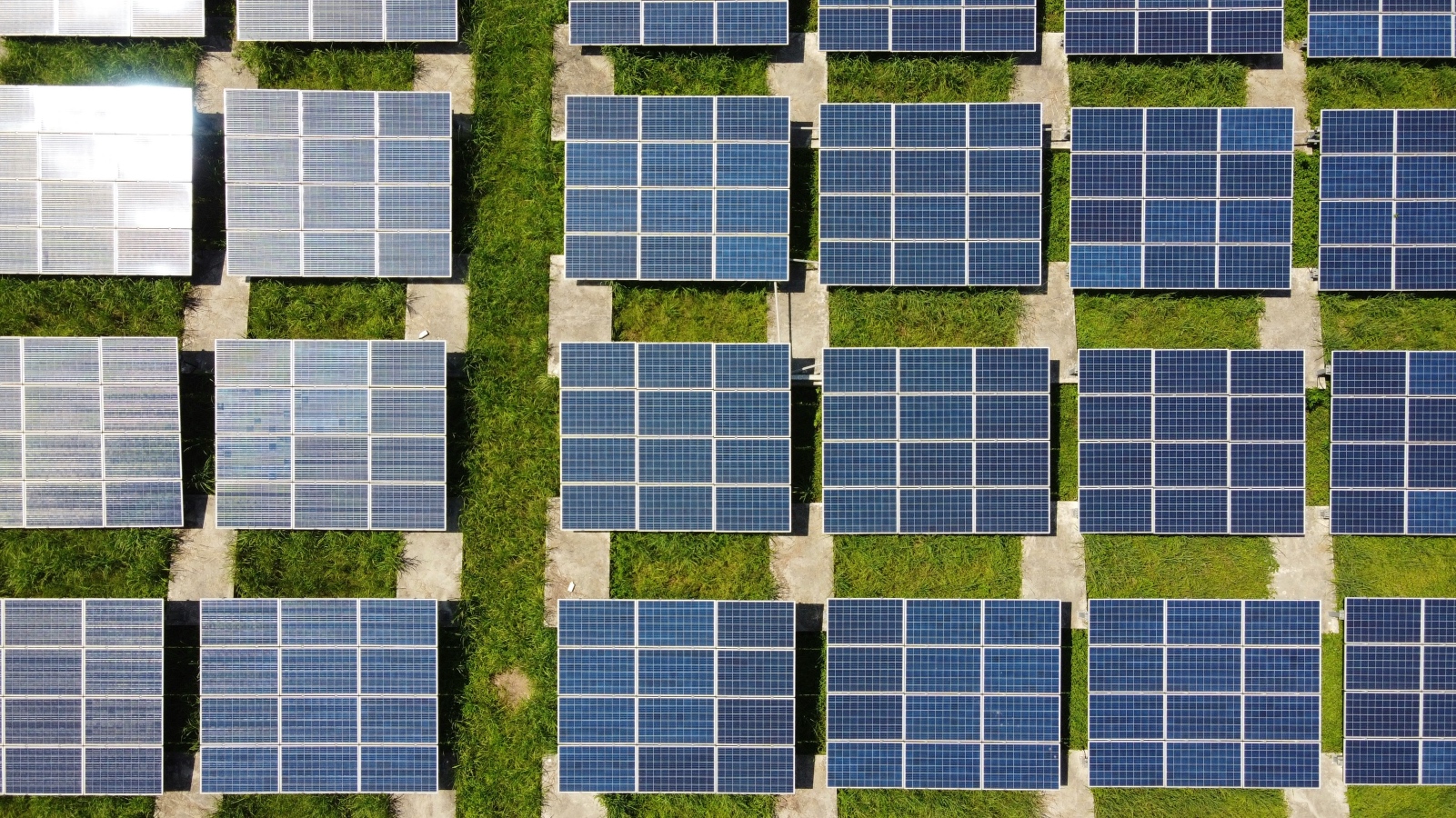Singapore is making significant strides in its solar energy deployment, aligning with the ambitious targets set under the Singapore Green Plan 2030. As of June 2024, the nation has achieved 1.35 gigawatt-peak (GWp) of solar energy deployment, putting it on track to meet its target of 1.5 GWp by 2025. This progress underscores Singapore’s commitment to renewable energy and its role in reducing carbon emissions.
Solar Energy Deployment
The solar energy sector in Singapore has seen remarkable growth, driven by government initiatives and private sector investments. The deployment of solar panels on rooftops, reservoirs, and other available spaces has contributed significantly to the nation’s renewable energy capacity. This expansion not only helps in reducing the carbon footprint but also provides a sustainable energy source for businesses and households alike.
Challenges in Waste Management
However, while solar energy deployment is on track, the progress in reducing waste sent to landfills has been less encouraging. The amount of waste to landfill per capita per day remains similar to the pre-pandemic baseline in 2018. This stagnation is attributed to several challenges, including higher freight costs, import restrictions by foreign countries, and lower demand for recycled materials.
Government Initiatives
To address these issues, the Singapore government is strengthening efforts to reduce waste, close the waste loop, and extend the lifespan of Semakau Landfill. Initiatives such as the beverage container return scheme, set to roll out in 2026, and the exploration of using landfill mixed materials like incineration bottom ash and wastewater sludge as reclamation fill, are part of these efforts.
Opportunities for Green Businesses
For business owners concerned about the environment and green business initiatives, these developments present both challenges and opportunities. The push for solar energy deployment offers businesses the chance to invest in renewable energy solutions, potentially reducing operational costs and enhancing sustainability credentials. On the other hand, the challenges in waste management highlight the need for innovative solutions and collaboration with stakeholders to achieve waste reduction goals.
Conclusion
In conclusion, Singapore’s journey towards a greener future is marked by significant achievements in solar energy deployment and ongoing efforts to tackle landfill reduction. Business owners can play a crucial role in this transition by embracing green initiatives and contributing to a sustainable future.
Source: The Business Times

